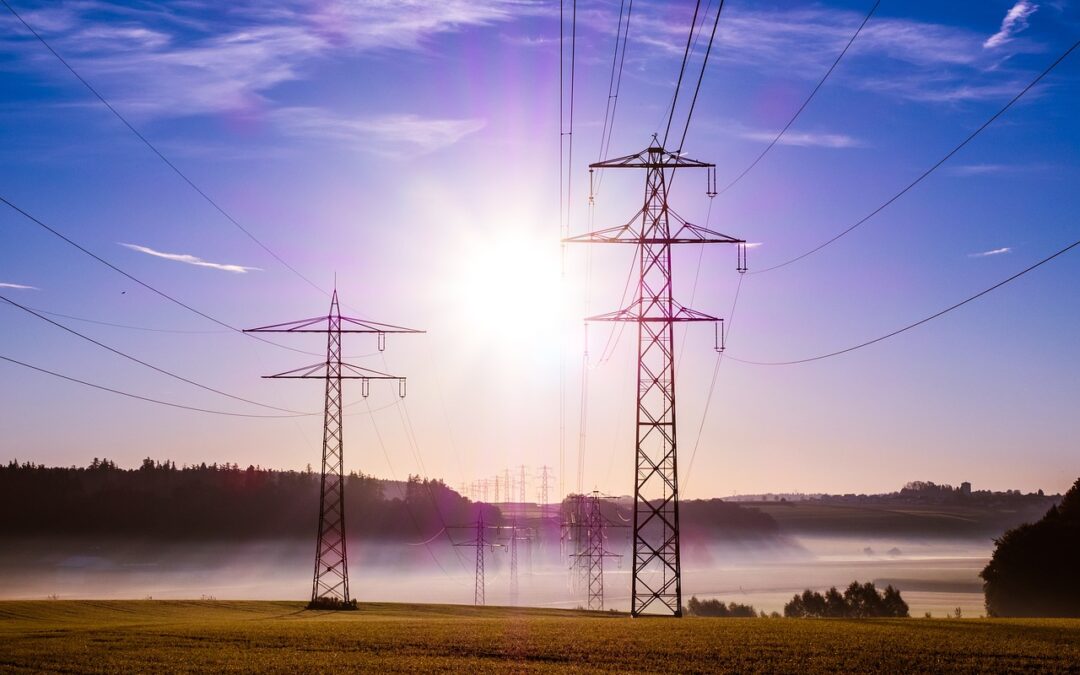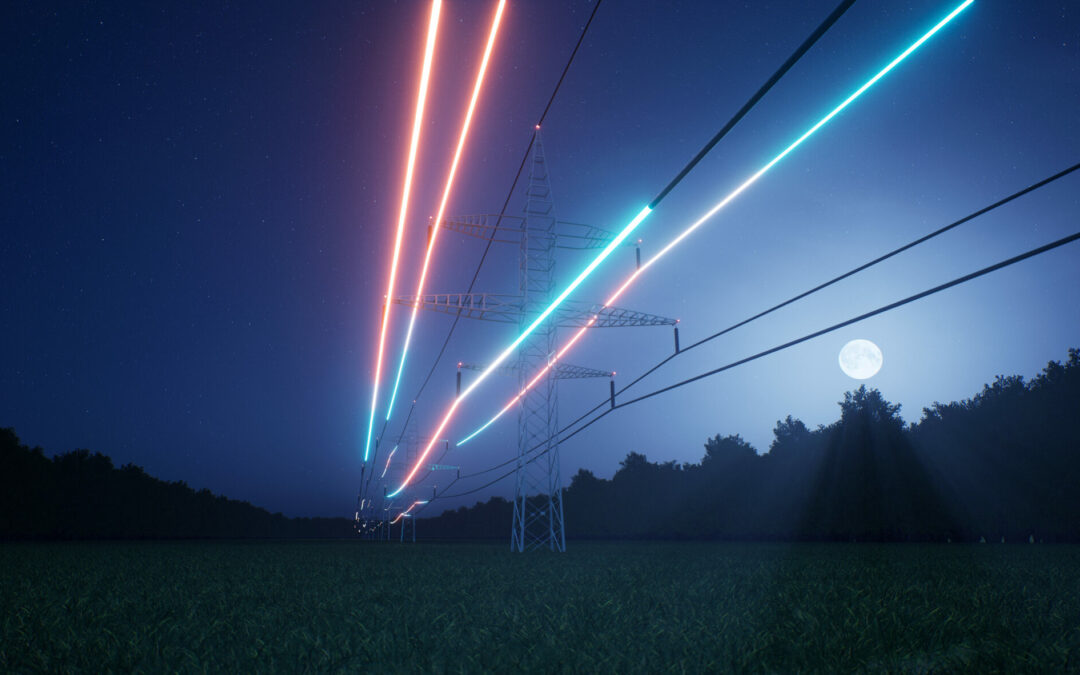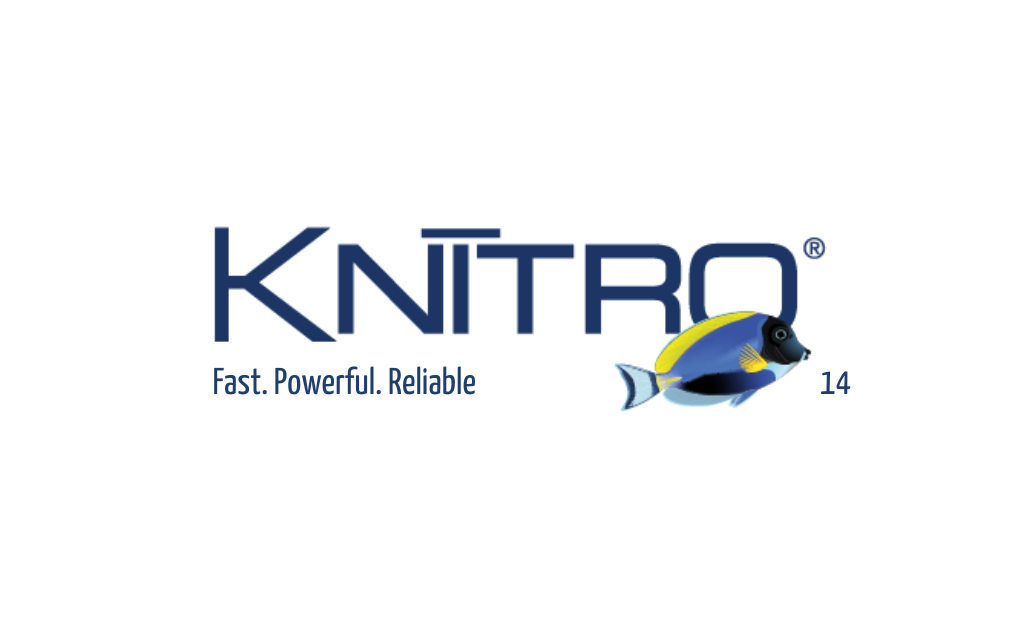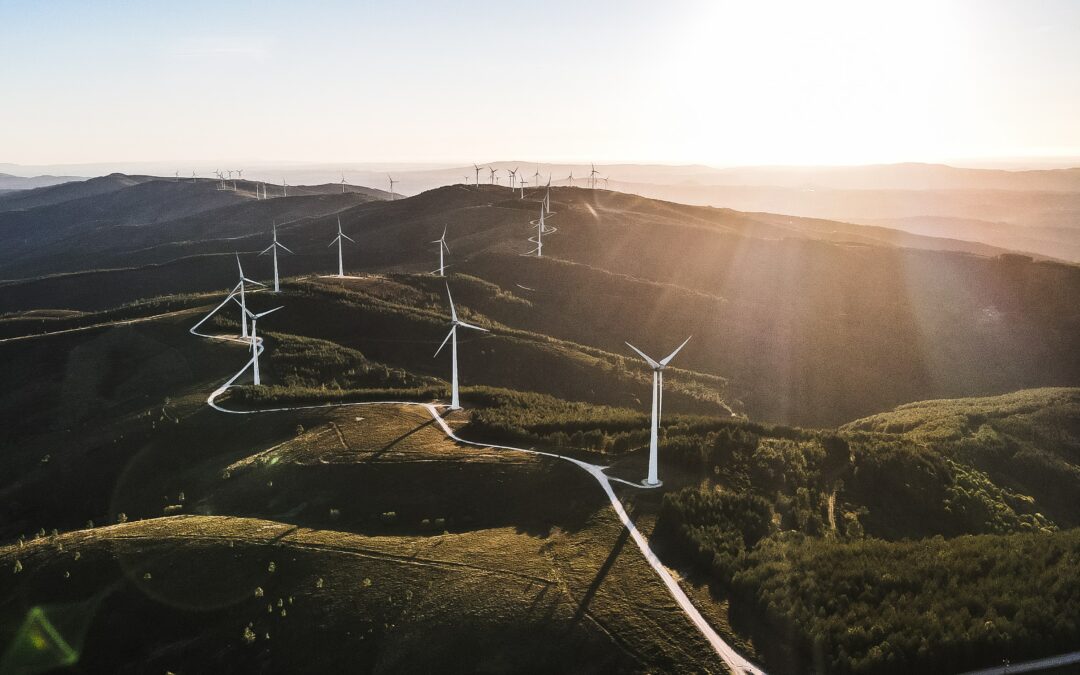Artelys team wins 530k$ prize money in prestigious ARPA-E Grid Optimization Competition
ARPA-E’s Grid Optimization Competition
Managed by ARPA-E, The Grid Optimization (GO) Competition is a series of challenges aimed at developing software management solutions to address power grid problems. The GO Competition involves developing and testing power system optimization and control algorithms on a range of different synthetic and real network models. The U.S. grid utilizes generation sources to deliver safe and reliable energy. As the energy demand grows and renewable energy sources, such as wind and solar, are incorporated, the grid becomes more difficult to manage and requires modern solutions to operate. Billions of dollars of savings per year are possible from software improvements to better optimize the U.S. power grid. Thus, the competition intended to create a more reliable, resilient, and secure American electricity grid.
The GO competition was launched in 2018 with an initial challenge focused on security-constrained optimal power flow (SCOPF) and partakers submitted strategies for solving such problems. This year, Challenge 2 concentrated on the topology optimization problem and challenged innovators to find new ways to make the grid more agile and secure. This stage expanded upon the SCOPF problem by adding adjustable transformer tap ratios, phase-shifting transformers, switchable shunts, price-responsive demand, ramp rate constrained generators and loads, and fast-start unit commitment. The Challenge 2 problem objective was to maximize a market surplus for a given network.
Artelys team winning solution
The NU_Columbia_Artelys team, led by Artelys’ senior scientist Richard Waltz, finished second across the four-scoring divisions using a software solution built around the industry-leading Artelys Knitro nonlinear optimization solver. They developed a transformational way to solve power flow optimization problems, as well as algorithms to assess the central challenge underlying all grid planning and operational tools.
The largest networks in the competition involved over 30,000 buses, resulting in a nonlinear, nonconvex, mixed-integer optimization problem with millions of variables and constraints, which needed to be reliably solved in minutes. In addition, these problems involved thousands of contingency scenarios that required to be solved in seconds to ensure the reliability of the power network in the event of a line or generator unexpectedly going out of service.
The Artelys team emerged with smart heuristics to simplify and reduce the size of the optimization problem by first determining how to set certain grid components representing important discrete decisions — for example, deciding which generators should be turned on. Artelys Knitro optimization solver was then deployed to quickly and reliably optimize the remaining network.
If you want to know more about Artelys Knitro applications, you can contact us or visit the dedicated web page.

Artelys provides support to the French energy regulatory authority (CRE) in assessing the adequate incentive levels to foster distribution networks performance for TURPE 7
Artelys has conducted a quantitative assessment to inform target levels proposals for TURPE 7, examining past performance and the impact of integrating smart meter data (Linky) into indicators measuring the quality of energy supply.

The MARI project is growing
In recent months, several new European TSOs have successfully joined MARI, the pan-European mFRR activation platform whose market clearing engine was developed by Artelys.

Knitro 14.2 solve your toughest nonlinear non-convex models in seconds
— We are pleased to announce that Artelys Knitro 14.0 is now available! This new version enables compagnies to solve complex non-linear optimization problems with unprecedented efficency and precision.

Artelys Powers the Launch of CorNet’s Common Grid Model (CGM) Service
Artelys has been selected to develop computation engine modules for the Common European Merging Function (EMF) used in the core of the CorNet program’s RCC Service Platform, enabling pan-European operational power grid coordination and security analysis.
subscribe to our newsletters
© ARTELYS • All rights reserved • Legal mentions